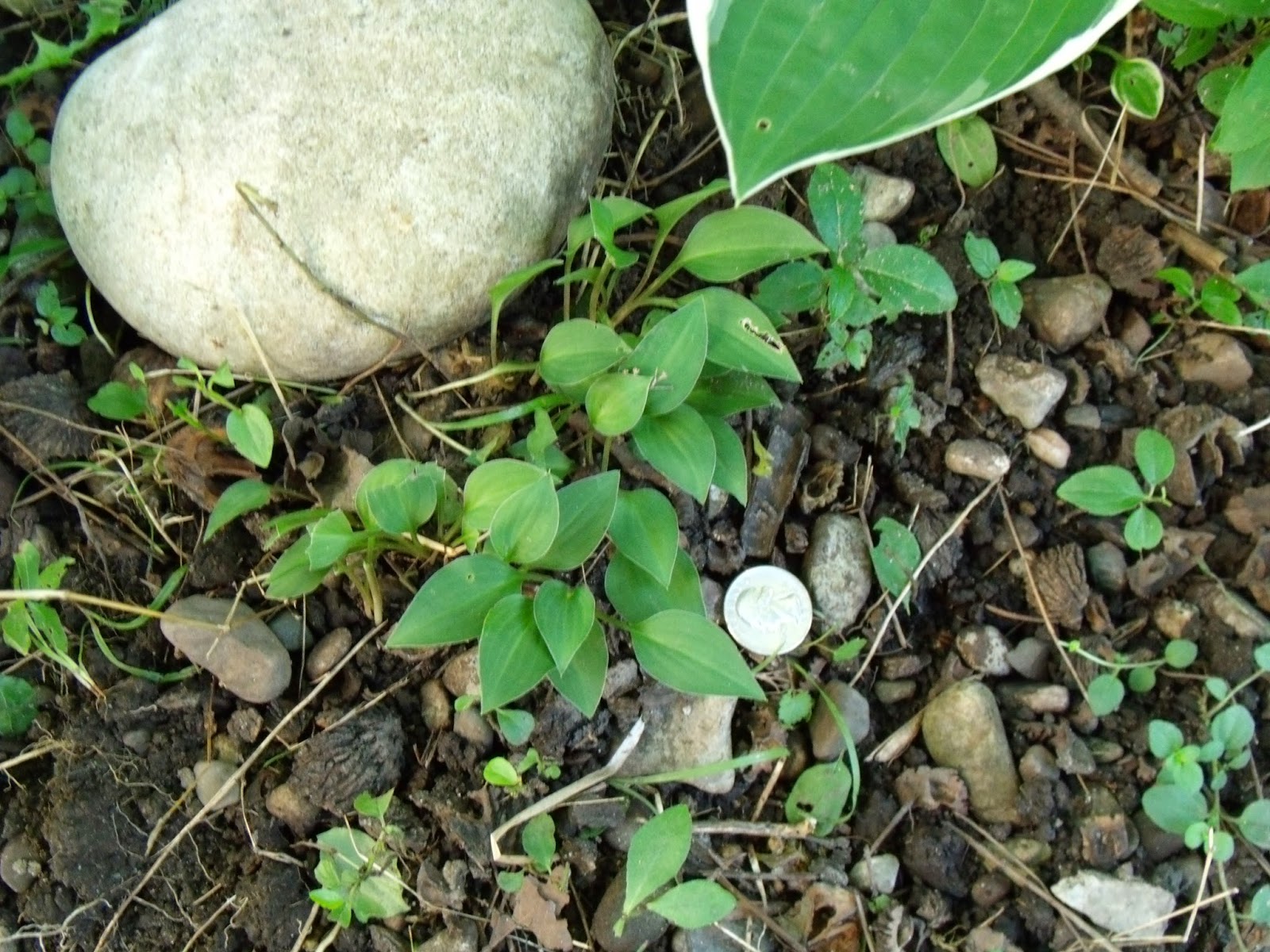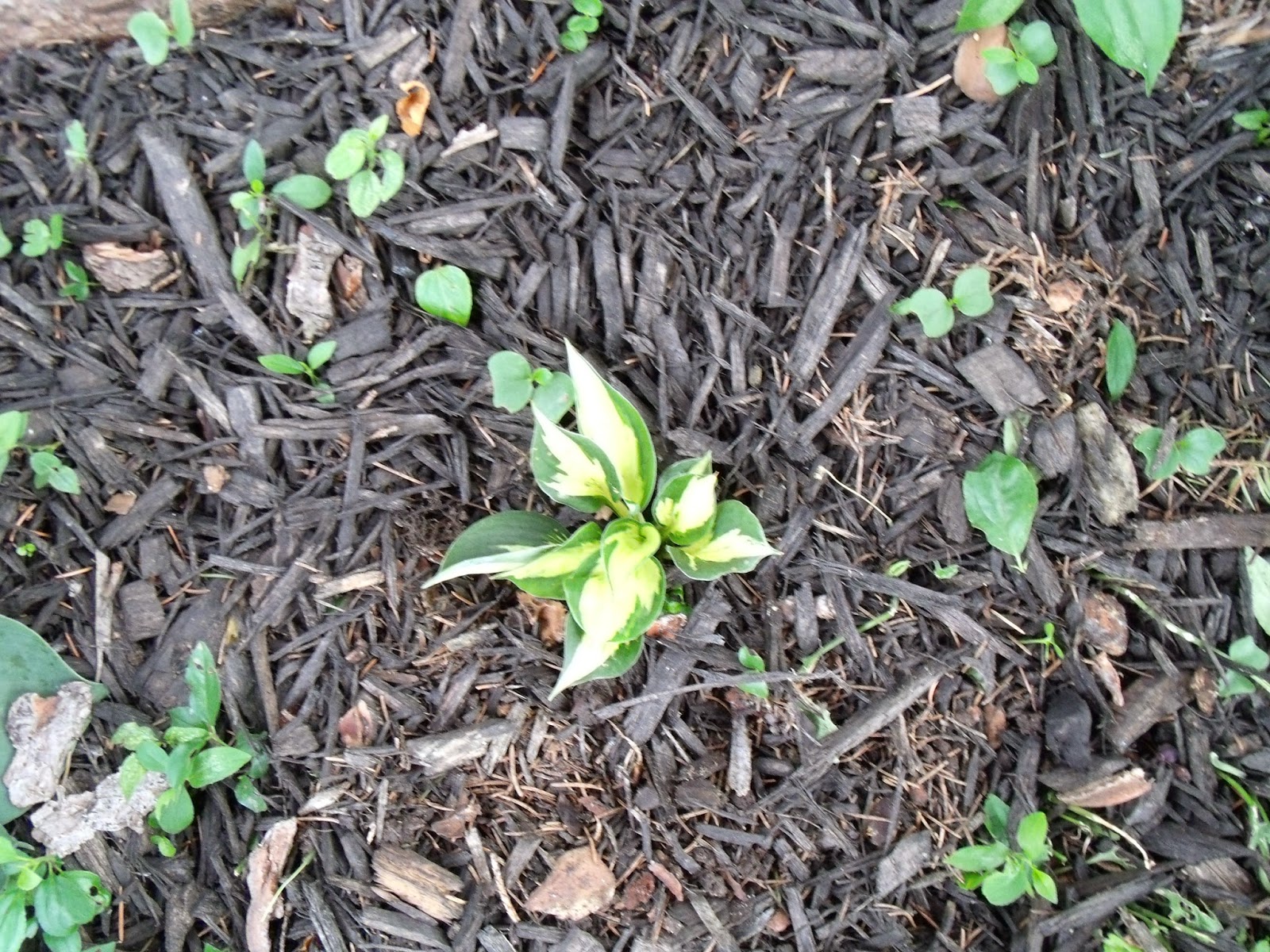Today the bee keeper showed up to help us with our swarm. At first he wasn't too confident that we could get them to stay put after removing them but he went ahead and as of 10PM tonight the bees are staying in the new hive. But let me start from the beginning.
Sunday we purchased the start up hive and Sunday night I primed and painted until 4am. The bee keeper was busy on Monday in his own bee yard so we had time to run to the store to purchase 6 cement blocks to form the pedestal for the hive to sit on. I know this isn't important but if we are to have multiple hives they must all look the same and sit level. It would drive me nuts.
The original cement block set up was two blocks high with solid 8X16X4 inches high blocks sitting on top of the two rows of cement blocks. Once we set the hive on top we realized that it was too high. The bottom two layers of a hive are for the bees so the layers you will be removing are on top of that and are usually two layers. So we removed a row of blocks after this photo was taken..
The first piece that you start with is the bottom board.
Then you set the super on top of the bottom board. See how the bottom board juts out in front of the super? There is a little sliver of space between the super and the bottom board which is the door to the hive. The bees goes in and out through that space.
The next step is installing the frames. The frame can have a wax foundation or a black plastic foundation like these frames. The next super will have frames with wax foundation because that is the preferred method for our bee keeper.
Here is an up close photo of the foundation. The bees build their honey comb onto the foundation.
Everything fits just so and the frames are slightly craved out on the sides so the bees can go around the frames without going all the way to the bottom first to get to the other side of the frame.
On top of the frame you set the top cover........
and then the lid which is covered with metal for rain protection. Notice how the lid allows for runoff by having a slight overhang.
Here is the beekeeper after he removed the wood under the bay window. This window will be replaced with replicas of the original double hung 6 over 6 windows so removing the bottom of the bay was no big deal. But on a side note.....look at how little framing there was to support that window.....shaking my head.

The beekeeper set up the hive under the area where the bees had started to build honeycomb. He smoked the area to calm the bees and moved pieces of the honeycomb into the hive between the frames. He then used a soft brush to aid in removing the bees. Once he had a lot of the bees into the hive, he started looking at each frame looking to see if he could find the queen. Sure enough he found her and brought the frame over to me to see (I was sitting in the car because I am allergic to bee stings). I took a photo of the frame covered in bees with the queen (she's huge but not full grown yet). Where's the photo? I accidentally erased it when I was uploading photos to the blog. My computer is acting weird and my cursor for no reason at all moves up to a previous line without any warning and before I knew it, I had deleted it.
By 6pm almost all the bees were in the hive. The beekeeper had left the lid ajar so that the bees could get into the hive from the top. He wanted R to go outside after dark and completely close the lid. So at 10pm R closed the lid. He said he only saw a few bees flying around.
The hive has to stay there until cold weather and then we can move it to the back side of the barn. Until then the hive stays put. In three weeks we will add another super with frames with the wax foundation. That layer is for the bees to store honey to get them through the winter.
Once the hive is moved back to behind the barn, it is not guaranteed that the bees will stay there. Normally after a swarm, the bees are moved at least 2 miles so they do not go back to the original area. But I am hoping that they weren't too attached to the window area. The beekeeper smoked the area really well after the bees were mostly in the hive. He did this to cover up the queen's pheromones.
Bees are quite interesting. The queen lays 2000 eggs a day and can live for 8 years. She does nothing but lay eggs. Drone feed her and remove her feces. Bees do not defecate in the hive so during the winter they need to make cleansing flights to basically poop outside the hive. When the weather is too cold some of the older bees will collect the feces and go out into the cold. Since they are old and if it is too cold they basically sacrifice themselves for the good of the hive. This past winter was brutal for the bees here in Michigan. Once it got cold, it stayed cold and we had a lot of strong bitterly cold wind.
The beekeeper, believe it or not, worked with my husband and they retired around the same time. The beekeeper is the father of my daughter in law's sister in law. So we had to talk automotive biz for a while.
Now I need to find R a smoker, a bee suit, brush, and gloves. I'm sure there is more but this will be a learning process for us. R is looking forward to beekeeping and the honey.
Please help the bees by no longer using Round Up or herbicides and pesticides. Genetically engineered plants have insecticides built right into them. Europe and Canada are in the process of banning these but here in the US we are looking the other way. NO BEES....no fruit, no veggies, etc. Not all plants can be pollinated by the wind, some need bees for pollination. The beekeeper said to plant only heirloom veggies as they are safe for bees.
This is an interesting
article that explains the link between colony collapse and neonicotinoids.

























































